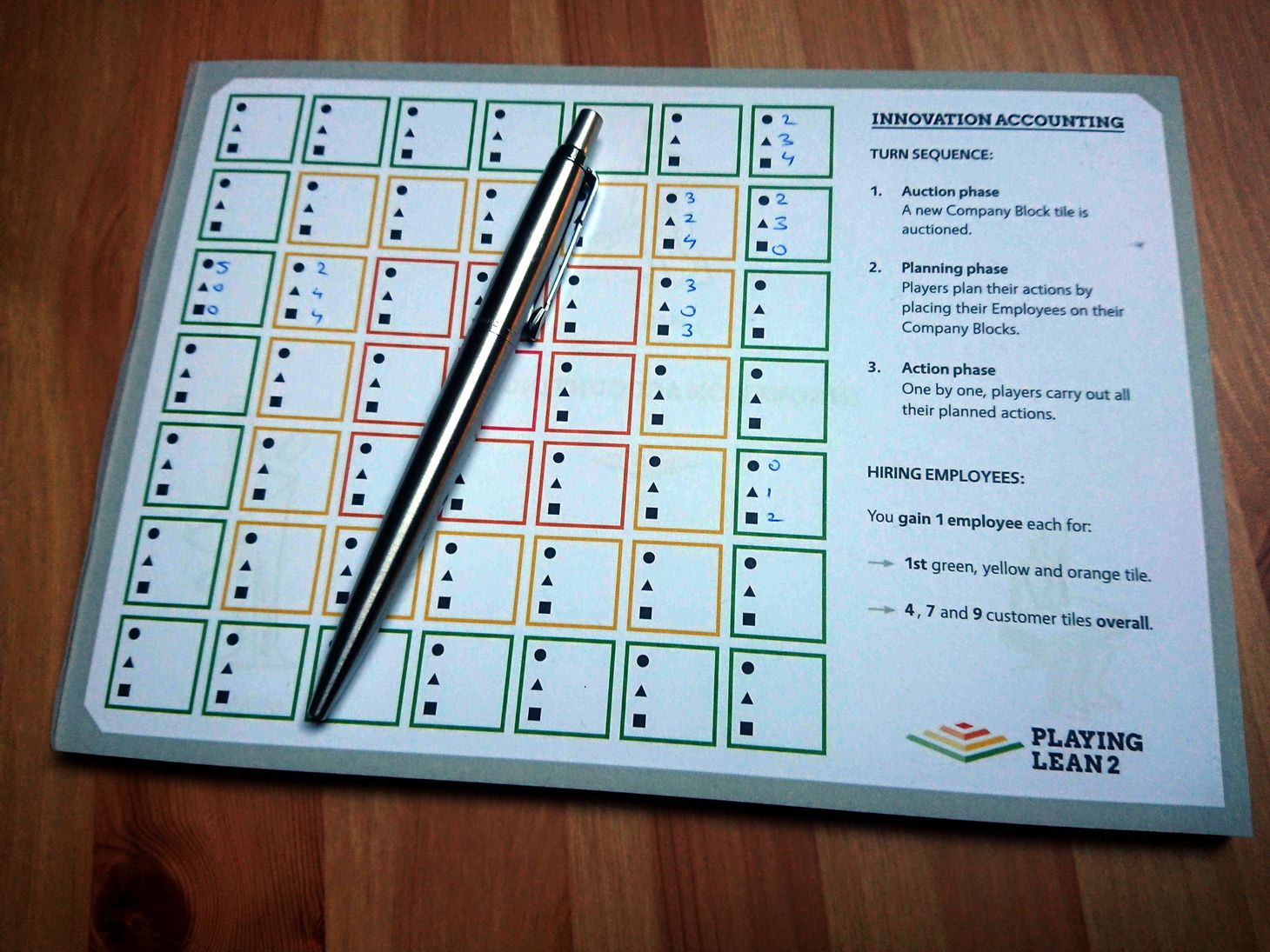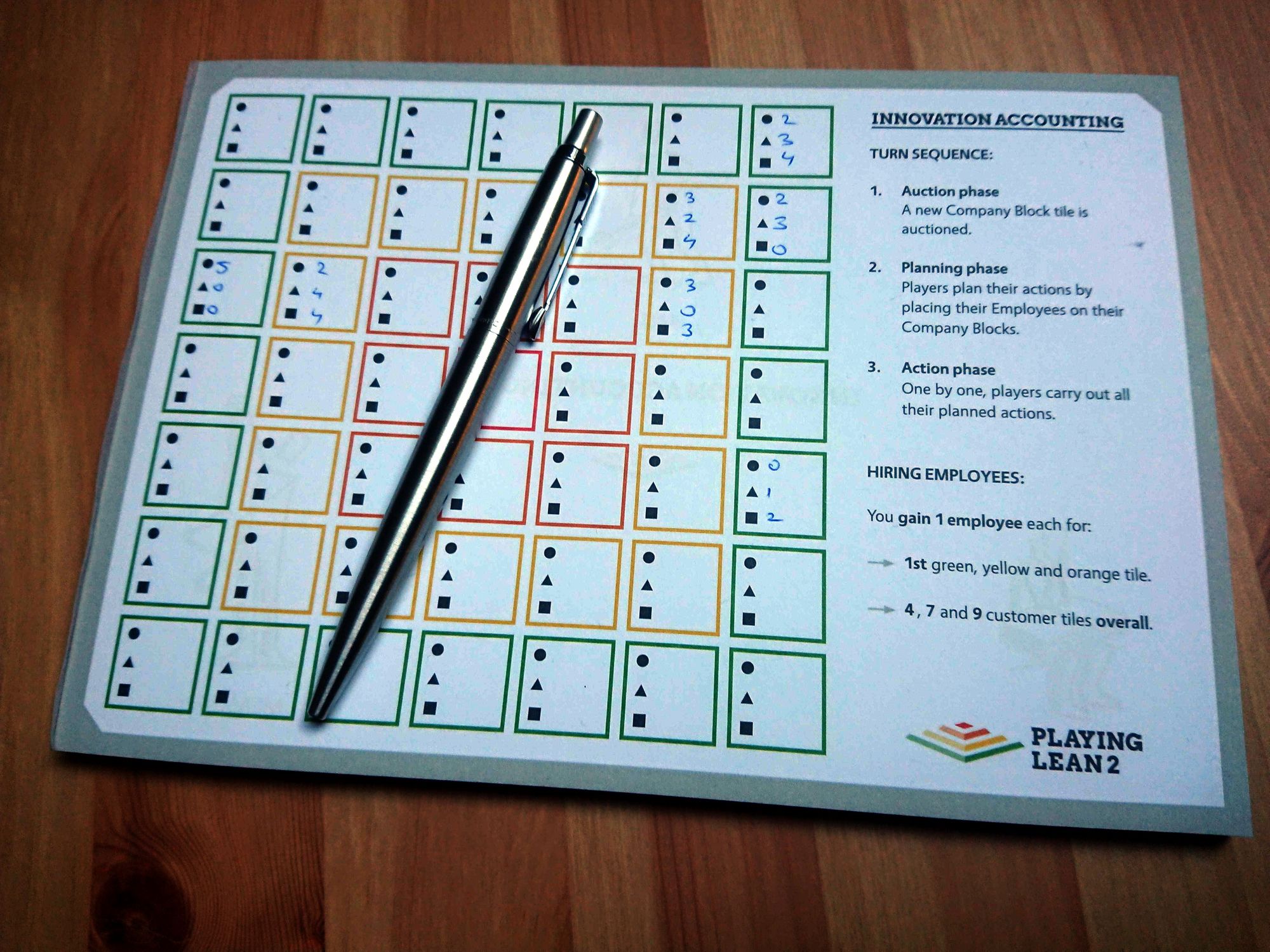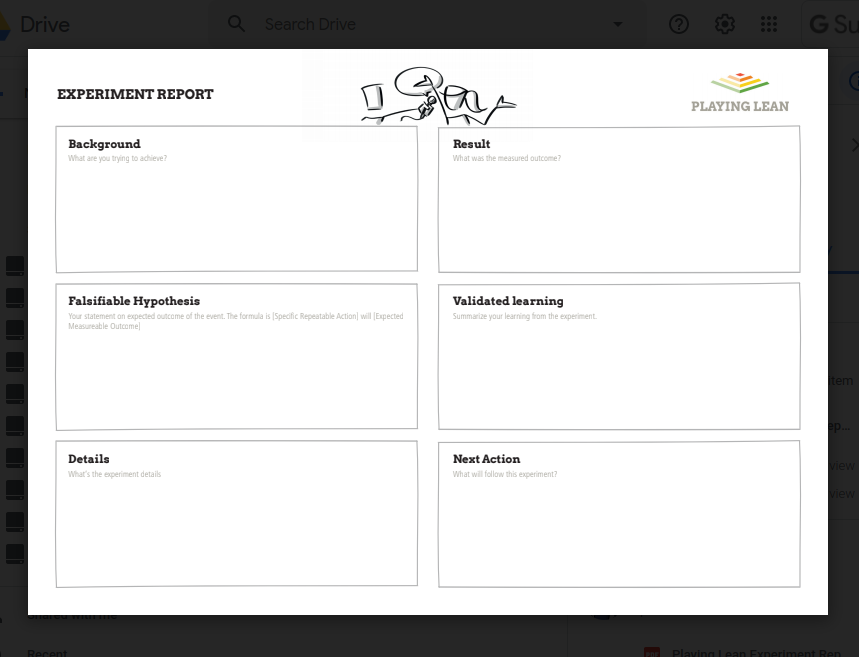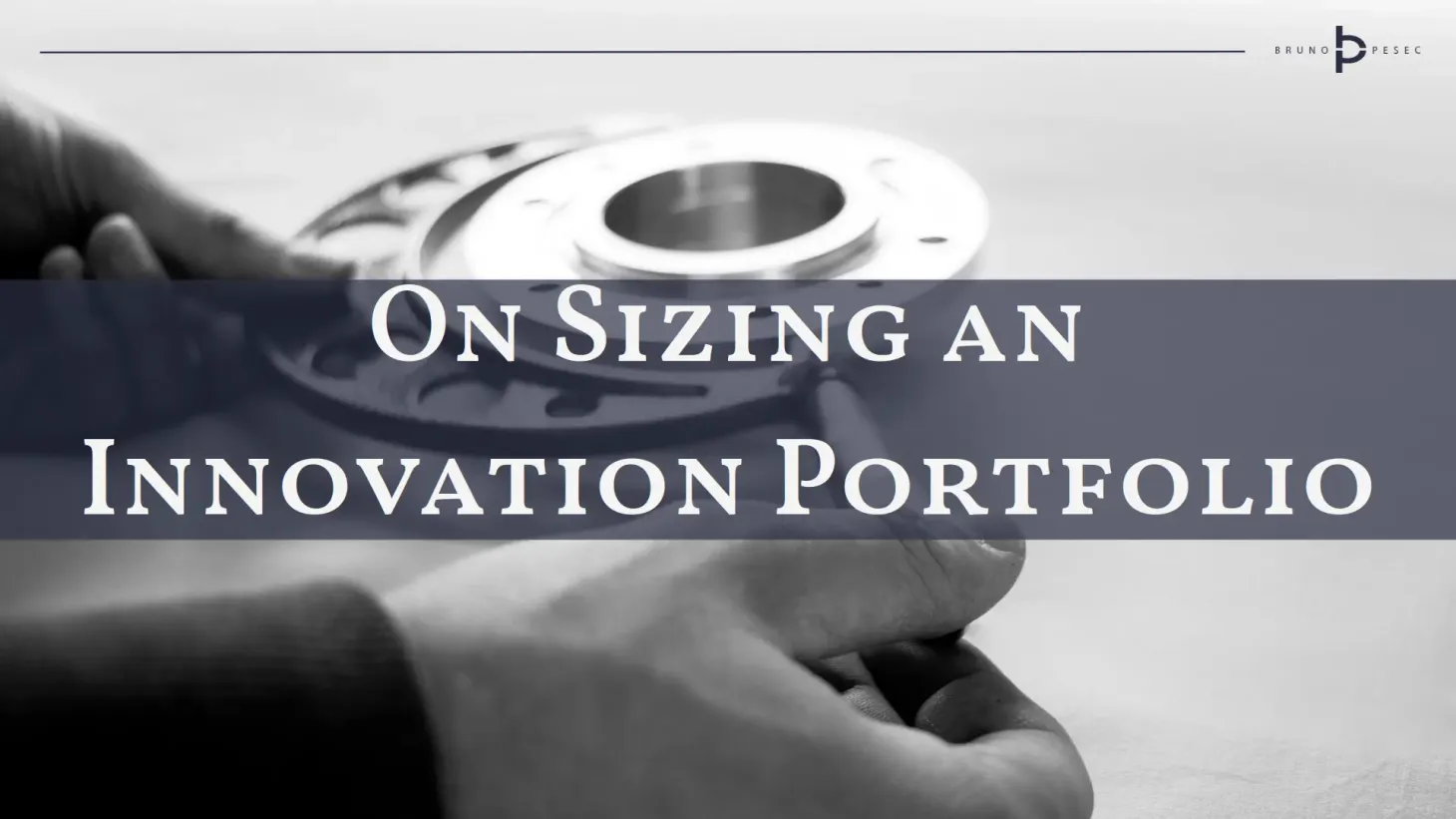Learning is not mandatory
Are you creating waste by accidentally discarding knowledge?

If your innovation teams are not creating reusable knowledge then they are creating waste by (most likely accidentally) discarding knowledge!
Remember, kids, the only difference between screwing around and science is writing it down! – is an appropriate quote from Adam Savage that comes to my mind.
In order to eliminate discarding knowledge, Ward and Sobek advise us to (1) make knowledge capture a priority, and (2) train people and create systems which allows us to transform data into useful knowledge. One of the concepts they mention is a knowledge brief, a single sheet of paper on which all information relevant to matter at hand is recorded.
While knowledge brief might sound novel, it was inspired by the process behind the Toyota Problem Solving A3. I'm confident that you are familiar with at least one of these: Business Model Canvas, Value Proposition Canvas, or Lean Canvas. All of these are living knowledge briefs that go through iterations as you learn more and more.
So, how did we include these concepts in Playing Lean?
In order to make knowledge capture easy and reusable, each team has a Playing Lean Innovation Accounting Sheet. It consists of a grid that mimics the market and customers, with blank fields where teams can fill in experiment results (i.e. what the customer wants). As teams run experiments they populate the innovation accounting sheet, which then serves as a visual overview of what they know, which enables them to take informed decisions.

Playing Lean Innovation Accounting Sheet demonstrates how easy it is to start with innovation accounting and how dramatic effect it can have on the decision making processes. Here is some select reading if you'd like to dig deeper into the amazing field of measuring innovation:
- Innovation Accounting: What It Is and How to Get Started by Eric Ries, the guy who coined the term.
- Innovation Accounting book by Dan Toma and Esther Gons. Although still in the making already provides plenty of actionable advice.
- Innovation Options series by David Binneti, begin with Measuring Learning in Dollars.
We also have a Playing Lean Experiment Report, which is used to capture the whole experiment on a single sheet of paper. On the left side we detail the background of the experiment, the falsifiable hypothesis (or assumption if you don't have enough data), and describe the experiment to be conducted (e.g. customer interview, A/B testing, Wizard of Oz, etc.). After the experiment has been conducted we capture what were the results (numbers, responses, etc.), validated learning (i.e. our interpretation of the results), and finally what did we do (e.g. next actions, decisions, etc.).

Unlike the innovation accounting sheet, you can use the Playing Lean Experiment Report as it is to design and capture the results of your experiments. We do suggest you tweak it as you gain more and more experience, so it suits your context the best.
Innovation teams can create value in several ways, and creating reusable knowledge is one easy way to do so. Not only does it help the team in question, but also contributes to overall organisational learning which is one of the pillars of long-term competitiveness.
May the fastest learner win!
This post was originally published on Playing Lean blog.
Bruno Unfiltered
Subscribe to get the latest posts delivered right to your inbox. No spam. Only Bruno.




